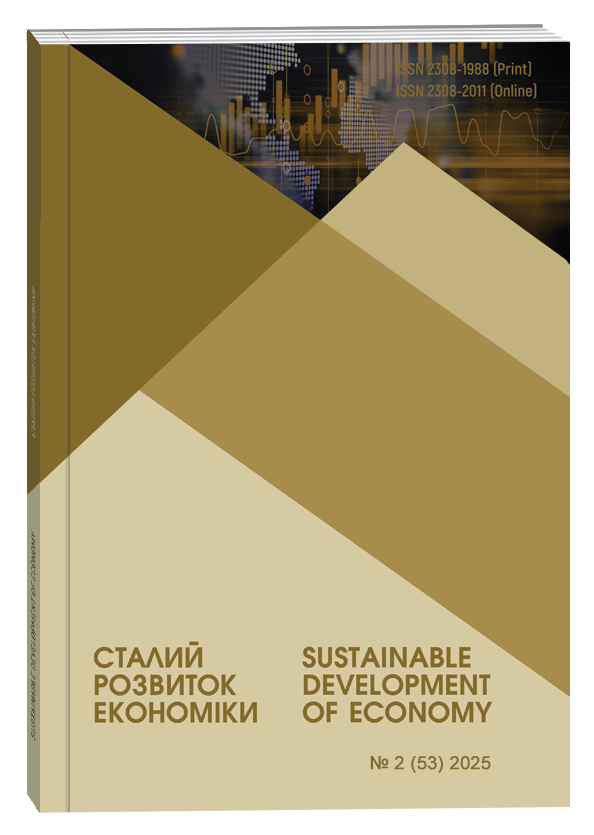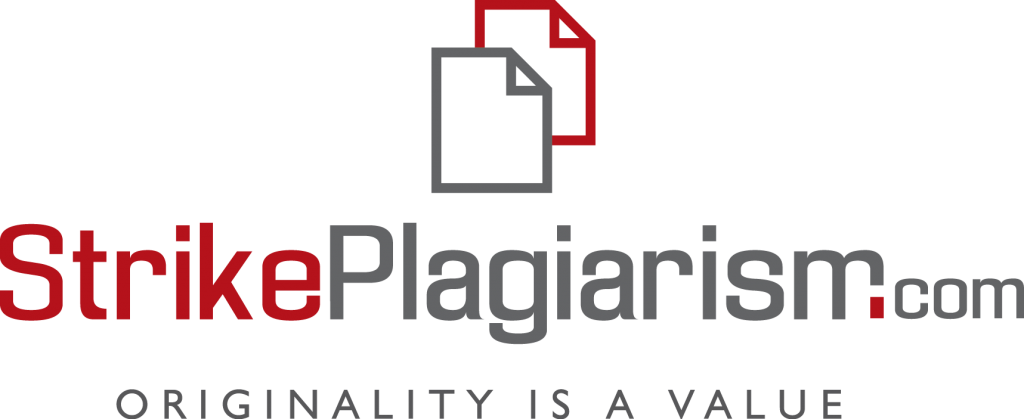RISK-ORIENTED APPROACH TO ASSESSING CHANGES IN ORGANIZATIONS' HR SYSTEMS
Abstract
The article explores the application of a risk-oriented approach to evaluating changes in human resource (HR) systems of enterprises under conditions of growing economic instability and increasing intellectualization risks. The research substantiates the relevance of implementing comprehensive monitoring and assessment mechanisms in HR management systems, taking into account both external challenges and internal transformational processes. Particular attention is paid to identifying and classifying key risks that affect the adaptability and efficiency of HR systems, including economic, technological, and knowledge-based risks associated with workforce development in the modern economy. The study emphasizes that traditional evaluation tools do not fully reflect the complexity and dynamism of changes in HR processes under uncertainty. In response, the author proposes an original methodological approach to risk-oriented assessment of HR system transformations. This approach includes the selection of relevant performance indicators, the identification of risk factors, and the development of an integrated model for evaluating the effectiveness and resilience of HR systems. The model allows for the identification of the most vulnerable areas of personnel management and supports the development of more adaptive HR strategies. A conditional example of the practical implementation of the proposed approach is provided, demonstrating how enterprises can apply the model to assess the impact of specific risk factors on the performance and strategic direction of their HR systems. The results show that the use of a risk-oriented approach contributes to a deeper understanding of organizational changes, enhances decision-making in HR strategy, and improves the overall sustainability of personnel management in unstable environments. The article may be useful for researchers, HR practitioners, and enterprise managers seeking to modernize their personnel management systems in response to contemporary challenges and risks. Further research directions include testing the model across various industries and expanding the set of indicators to account for sector-specific risk profiles.
References
Березуцький В. В., Ільїнська О. І. Застосування ризик-орієнтованого підходу у системі управління охороною праці закладів вищої освіти. Безпека людини у сучасних умовах: зб. доповідей 12-ї Міжнародної науково-методичної конференції та 144-ї Міжнародної наукової конференції Європейської асоціації наук з безпеки (EAS). 2020. С. 35–37.
Варіс І., Кравчук О., Коновалова В. Оцінювання ефективності HR бізнес-процесів. Галицький економічний вісник. 2023. № 3(82). С. 165–171. DOI: https://doi.org/10.33108/galicianvisnyk_tntu2023.03.165
Данченко О., Семко А. Розробка протризикового методу оптимізації бізнес-процесів. Вісник Національного технічного університету «ХПІ». Серія: Стратегічне управління, портфель, програма та проєкт-менеджмент. 2023. № 1(7). С. 27–34.
Муляр Т. С. Формування та реалізація стратегії підприємства. Збірник наукових праць Таврійського державного агротехнологічного університету (економічні науки). 2013. № 2(6). С. 289–300.
Filemon T. The Assessment of Risk Management in Human Resources: A Study of South African Organizations. SocioEconomic Challenges. 2024. Vol. 8, No. 2. P. 20–27.
Farndale E., Horak S., Phillips J., Beamond M. Facing Complexity, Crisis, and Risk: Opportunities and Challenges in International Human Resource Management. Thunderbird International Business Review. 2019. Vol. 61, No. 3. P. 465–470. DOI: https://doi.org/10.1002/tie.22037.
Berezuitskyi, V. V., & Illyinska, O. I. (2020). Zastosuvannia ryzyk-oriientovanoho pidkhodu u systemi upravlinnia okhoronoiu pratsi zakladiv vyshchoi osvity [Application of risk-oriented approach in occupational safety management in higher education institutions]. Bezpeka liudyny u suchasnykh umovakh, pp. 35–37.
Danchenko, O., & Semko, A. (2023). Rozrobka proryzykovoho metodu optymizatsii biznes-protsesiv [Development of anti-risk method for business process optimization]. Bulletin of the National Technical University "KhPI". Series: Strategic Management, Portfolio, Program and Project Management, no. (1(7)), pp. 27–34.
Farndale, E., Horak, S., Phillips, J., & Beamond, M. (2019). Facing complexity, crisis, and risk: Opportunities and challenges in international human resource management. Thunderbird International Business Review, no. 61(3), pp. 465–470. DOI: https://doi.org/10.1002/tie.22037
Filemon, T. (2024). The assessment of risk management in human resources: A study of South African organizations. SocioEconomic Challenges, no. 8(2), pp. 20–27.
Muliar, T. S. (2013). Formuvannia ta realizatsiia stratehii pidpryiemstva [Formation and implementation of enterprise strategy]. Zbirnyk naukovykh prats TDATU. Ekonomichni nauky, no. 2(6), pp. 289–300.
Varis, I., Kravchuk, O., & Konovalova, V. (2023). Otsiniuvannia efektyvnosti HR biznes-protsesiv [Assessment of the effectiveness of HR business processes]. Halytskyi Ekonomichnyi Visnyk, no. 3(82), pp. 165–171. DOI: https://doi.org/10.33108/galicianvisnyk_tntu2023.03.165


